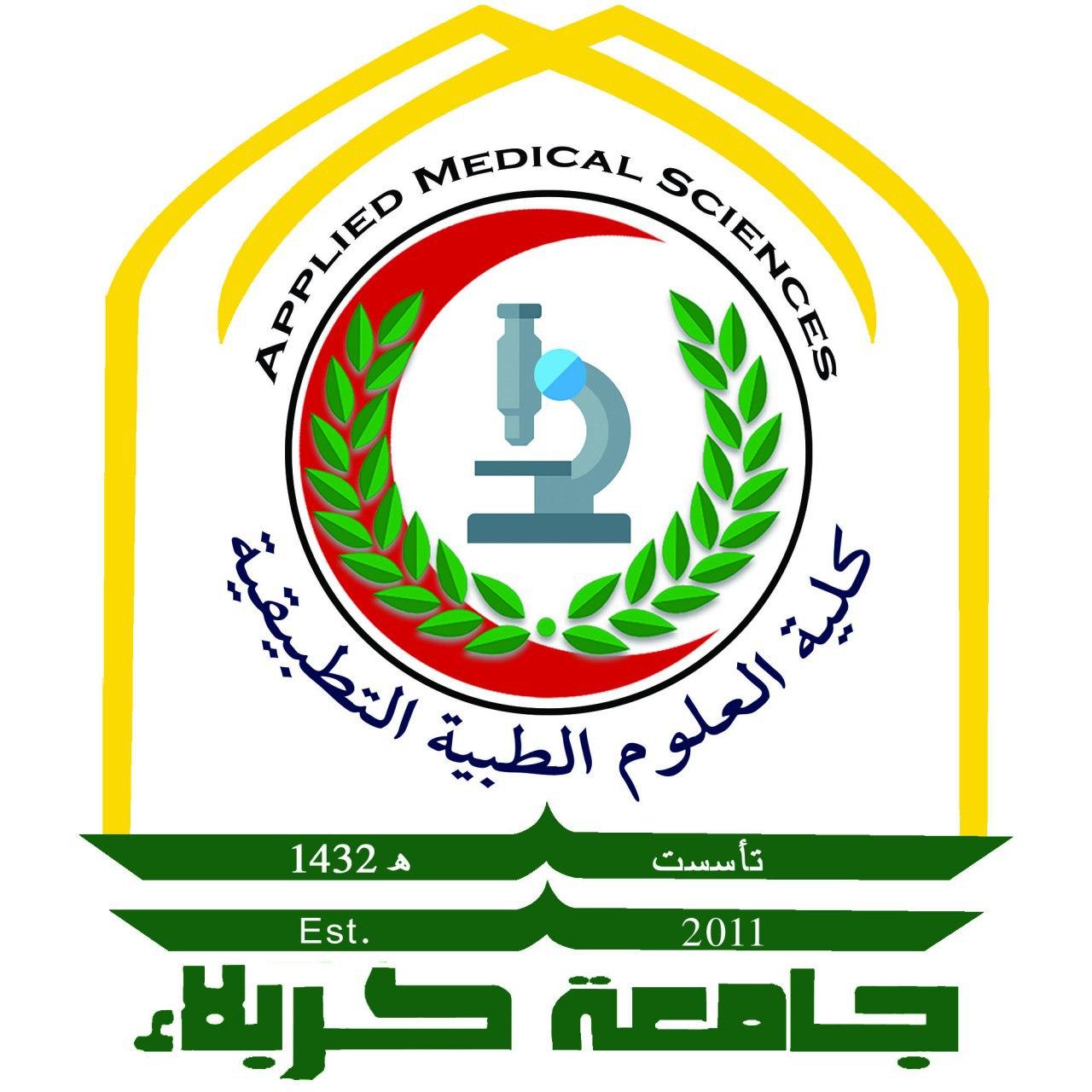Blog
Incidence of Multi-Drug Resistant Escherichia Coli Isolates from Blood and Urine in Kerbala, Iraq.
Abstract
Escherichia coli is a common cause of urinary tract infection (UTI) and septicemia/ bactriemia. With the increase of antibiotic resistance among E. coli isolates, monitoring of the incidence of drug resistance became critical for appropriate empiric selection of antibiotic therapy.
The aims of this study are to explore the drug resistance patterns among E. coli isolates from urine and blood in Kerbala, and to identify the antibiotics that might be considered appropriate for empirical treatment for UTI and Septicemia caused by E. coli in the study region. A total of 1637 culture results of urine (n=410) and blood (n=1227) were reviewed and analyzed for isolation and identification of bacteria , antimicrobial susceptibility testing, in addition, patients age and sex.
Only single isolate per patients were considered in the study analyses. E. coli was isolated from 105 patients (62 from urine and 43 from blood samples). High resistance rates were documented to Ampicillin (95.7%), Cephalothin (94.0%), Amoxicillin-Clavulanic acid (89.09%), Cefixime (82.7%), Ceftriaxone (78.4%) and Cefotaxime (76.9%). In contrast, high degrees of sensitivity were detected to Imipenem (100%), Nitrofurantoin (90.2%), Chloramphenicol (81.8%) and Amikacin
(76.0%). No significant differences were seen in susceptibility patterns among isolates from blood versus urine. Overall, 67 isolates (63.8%) were multi-drug resistant (MDR), that are resistant to more than 2 classes of antibiotics. Proportion of MDR isolates among urine samples was higher than among blood samples (69.4% versus 55.8%). In conclusion: E. coli displayed high resistance rates to several antibiotics. However, Imipenem, Nitrofurantoin, chloramphenicol and amikacin are appropriate for empirical treatment for UTI and Septicemia caused by E. coli inKerbala.
Continuous surveillance of drug –resistance is highly recommended.
Post Views: 263




























































